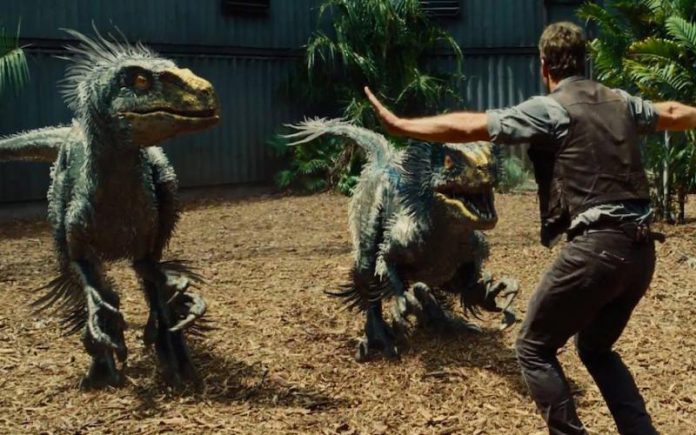It’s a hot afternoon. You are in class on the 9th floor. Through the window, far away among the rice fields, there is a rustling. And even farther away you spot a gigantic figure of tyrannosaurus chasing a smaller species of the theropods. A peaceful afternoon class is disrupted. An electrified fence similar to the Mexican wall is what stands between you and the monstrous carnivore. Maybe that’s what it would be like if the Dinosaurs were still well and alive and roamed the Earth carefree of potential meteor threats.
What if I told you that Dinosaurs are technically alive and well today, only drastically reduced in size with a pair of wings and a beak. Yes, Birds are descendants of dinosaurs. They somehow managed to survive the meteor rain and got lucky with the evolution card transforming from scary predators with sharp beaks and massive claws to the adorable and petite sparrows that exist today.
Thankfully, the more famous species like Velociraptors or the Tyrannosaurus cannot exist in the modern civilization. To clone an extinct species and create a scenario like the Jurassic World is strenuous as it is. A gap of 65 million years is extremely large for scientists to find and excavate blood sucking insects trapped in tree sap in order to extract Dino DNA.

Even if they managed to obtain a strand of DNA and successfully clone the species, the Dino will die. For a species with an existing gap of millions of years, the present and evolved atmosphere will be difficult to adapt to.
The atmosphere may not be the only reason in its struggle for survival. As the human race evolved, so did the number of pathogens. We are built with a stronger immunity as opposed to the Dino. Its 65 million years old immune system may not be strong enough to fight the pathogens of today. Unlike us, it landed a long jump into the 21st century totally unaware of the barriers of existence.
So there is a high probability that the Dinosaurs may never roam the Earth once more. Unless science proves us wrong yet again.




